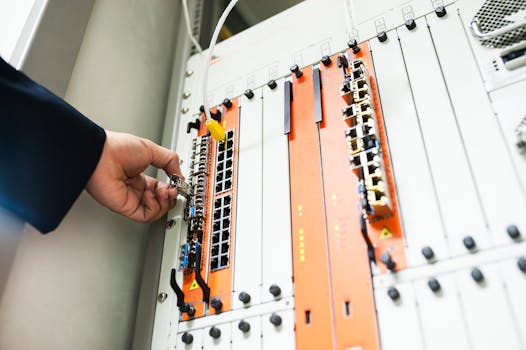Starlink: The Revolutionary Satellite Internet Constellation

Starlink: The Revolutionary Satellite Internet Constellation
Starlink is a satellite internet constellation developed by SpaceX, a private aerospace manufacturer and space transport services company founded by Elon Musk. The constellation is designed to provide high-speed, low-latency broadband connectivity to remote and underserved areas around the world, where traditional fiber-optic and cellular networks are limited or non-existent. With its cutting-edge technology and ambitious goals, Starlink is poised to revolutionize the way we access the internet.
At the beginning of the Starlink project, SpaceX launched its first batch of 60 satellites into low Earth orbit (LEO) in May 2019. Since then, the company has launched numerous batches of satellites, with over 3,000 satellites currently in orbit. The constellation is expected to grow to nearly 12,000 satellites in the coming years, providing a global network of broadband connectivity.
How Starlink Works
Starlink uses a constellation of small satellites in LEO, which are designed to provide high-speed internet connectivity to users on the ground. The satellites are equipped with advanced phased array antennas, which allow them to communicate with users and other satellites in the constellation. The satellites also use advanced laser communication systems, which enable them to communicate with each other and with ground stations.
The Starlink system consists of three main components: the satellites, the ground stations, and the user terminals. The satellites are the backbone of the system, providing the connectivity and communication links between users and the internet. The ground stations are used to communicate with the satellites and to connect the Starlink network to the traditional internet infrastructure. The user terminals are small, compact devices that are used to connect to the Starlink network and access the internet.
Benefits and Features of Starlink
Starlink offers a range of benefits and features that make it an attractive option for users in remote and underserved areas. Some of the key benefits and features of Starlink include:
High-speed internet connectivity: Starlink provides speeds of up to 1 Gbps, which is comparable to traditional fiber-optic networks. Low latency: The latency of the Starlink network is typically around 20-30 ms, which is much lower than traditional satellite internet systems. Global coverage: The Starlink constellation provides global coverage, making it possible for users in remote and underserved areas to access the internet. Low cost: The cost of Starlink is expected to be lower than traditional satellite internet systems, making it more accessible to users in developing countries and remote areas.
Impact on the Telecommunications Industry
The launch of Starlink has significant implications for the telecommunications industry. With its high-speed, low-latency connectivity and global coverage, Starlink is poised to disrupt the traditional telecommunications market. The constellation is expected to provide a range of services, including broadband internet, voice over internet protocol (VoIP), and video streaming.
The impact of Starlink will be felt across the globe, particularly in remote and underserved areas where traditional telecommunications infrastructure is limited or non-existent. The constellation is expected to provide new opportunities for economic development, education, and healthcare in these areas, and to bridge the digital divide between urban and rural communities.

